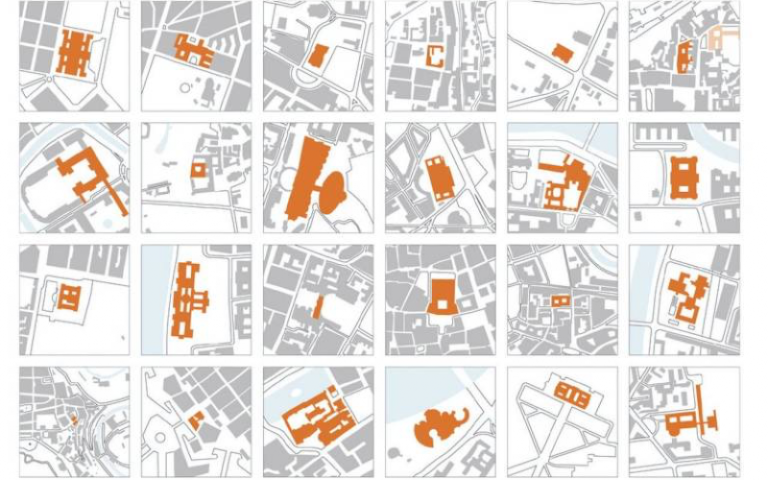Parliament Buildings: The Architecture of Politics in Europe published today
30 October 2023
Today, Parliament Buildings: The Architecture of Politics in Europe is published by UCLpress. Edited by Sophia Psarra, Uta Staiger and Claudia Sternberg.

Parliament Buildings: The architecture of politics in Europe
As political polarisation undermines confidence in the shared values and established constitutional orders of many nations, it is imperative that we explore how parliaments are to stay relevant and accessible to the citizens whom they serve. The rise of modern democracies is thought to have found physical expression in the staged unity of the parliamentary seating plan. However, the built forms alone cannot give sufficient testimony to the exercise of power in political life.
Parliament Buildings brings together architecture, history, art history, history of political thought, sociology, behavioural psychology, anthropology and political science to raise a host of challenging questions. How do parliament buildings give physical form to norms and practices, to behaviours, rituals, identities and imaginaries? How are their spatial forms influenced by the political cultures they accommodate? What kinds of histories, politics and morphologies do the diverse European parliaments share, and how do their political trajectories intersect?
This volume offers an eclectic exploration of the complex nexus between architecture and politics in Europe. Including contributions from architects who have designed or remodelled four parliament buildings in Europe, it provides the first comparative, multi-disciplinary study of parliament buildings across Europe and across history.
‘Symbols of history and of hope, theatres of struggle, cradles of consensus: parliamentary buildings, as these diverse essays show, both reflect our democracies and can help them function better.’
David Anderson, House of Lords“
‘Parliament Buildings is a brilliant interdisciplinary exploration of a fascinating topic. Theoretically sophisticated, empirically rich and historically informed, it demonstrates the multiple ways in which politics and the built environment intersect, and sheds light on the symbolic and material practices central to contemporary representative politics.’
Duncan Bell, University of Cambridge
In its totality, this is an invaluable book, both as a comprehensive review of the wider implications and architecture and building in culture and society, and as a specific resource in the understanding of one highly specialised, but profoundly significant building type
Dean Hawkes, Cardiff University and University of Cambridge“
Access publication for free here


 Close
Close

